Arpan Tripathi
Towards a Holodeck-style Simulation Game
Sep 12, 2023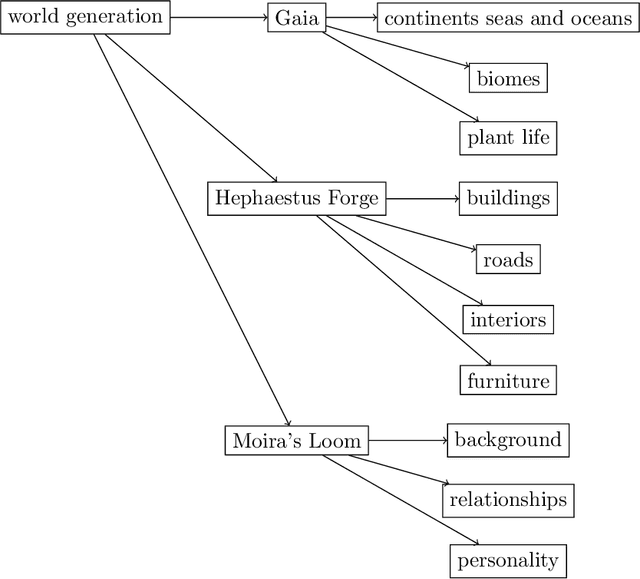
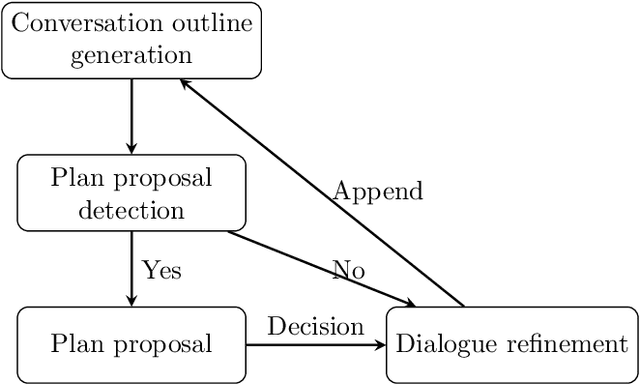


Abstract:We introduce Infinitia, a simulation game system that uses generative image and language models at play time to reshape all aspects of the setting and NPCs based on a short description from the player, in a way similar to how settings are created on the fictional Holodeck. Building off the ideas of the Generative Agents paper, our system introduces gameplay elements, such as infinite generated fantasy worlds, controllability of NPC behavior, humorous dialogue, cost & time efficiency, collaboration between players and elements of non-determinism among in-game events. Infinitia is implemented in the Unity engine with a server-client architecture, facilitating the addition of exciting features by community developers in the future. Furthermore, it uses a multiplayer framework to allow humans to be present and interact in the simulation. The simulation will be available in open-alpha shortly at https://infinitia.ai/ and we are looking forward to building upon it with the community.
Physics Driven Domain Specific Transporter Framework with Attention Mechanism for Ultrasound Imaging
Sep 13, 2021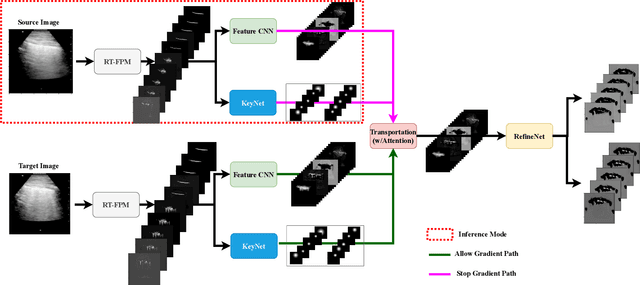
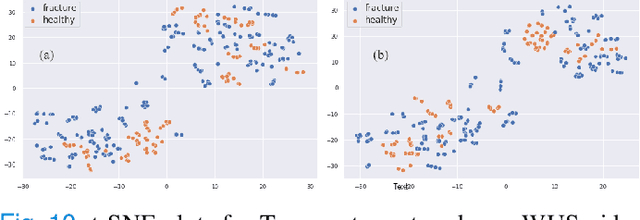
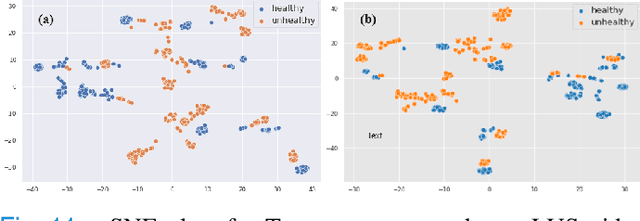
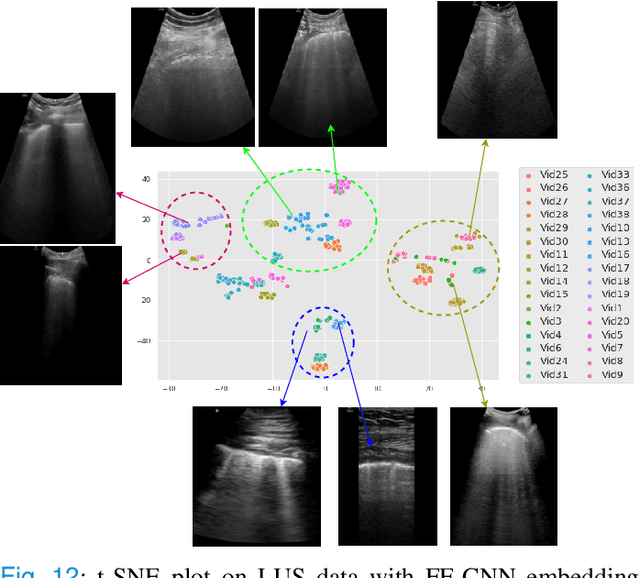
Abstract:Most applications of deep learning techniques in medical imaging are supervised and require a large number of labeled data which is expensive and requires many hours of careful annotation by experts. In this paper, we propose an unsupervised, physics driven domain specific transporter framework with an attention mechanism to identify relevant key points with applications in ultrasound imaging. The proposed framework identifies key points that provide a concise geometric representation highlighting regions with high structural variation in ultrasound videos. We incorporate physics driven domain specific information as a feature probability map and use the radon transform to highlight features in specific orientations. The proposed framework has been trained on130 Lung ultrasound (LUS) videos and 113 Wrist ultrasound (WUS) videos and validated on 100 Lung ultrasound (LUS) videos and 58 Wrist ultrasound (WUS) videos acquired from multiple centers across the globe. Images from both datasets were independently assessed by experts to identify clinically relevant features such as A-lines, B-lines and pleura from LUS and radial metaphysis, radial epiphysis and carpal bones from WUS videos. The key points detected from both datasets showed high sensitivity (LUS = 99\% , WUS = 74\%) in detecting the image landmarks identified by experts. Also, on employing for classification of the given lung image into normal and abnormal classes, the proposed approach, even with no prior training, achieved an average accuracy of 97\% and an average F1-score of 95\% respectively on the task of co-classification with 3 fold cross-validation. With the purely unsupervised nature of the proposed approach, we expect the key point detection approach to increase the applicability of ultrasound in various examination performed in emergency and point of care.
Learning the Imaging Landmarks: Unsupervised Key point Detection in Lung Ultrasound Videos
Jun 13, 2021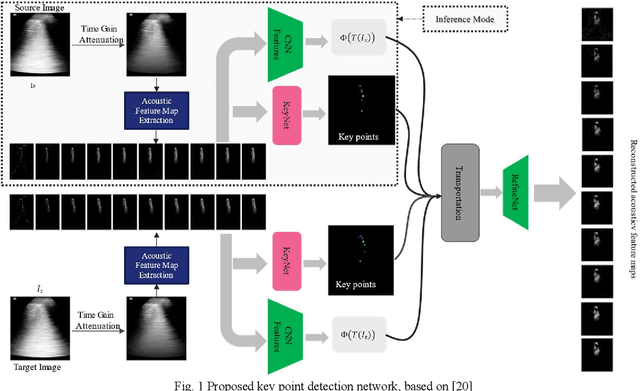
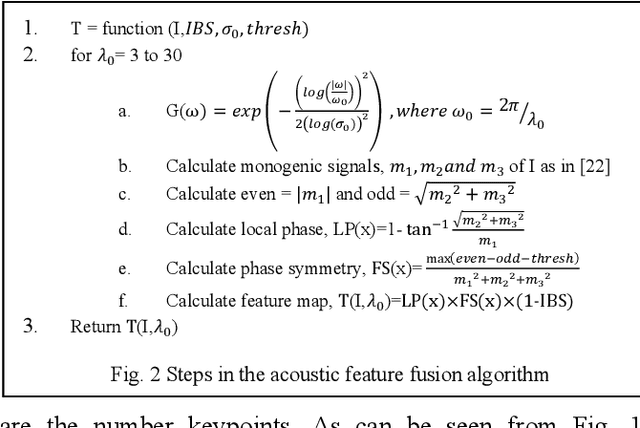
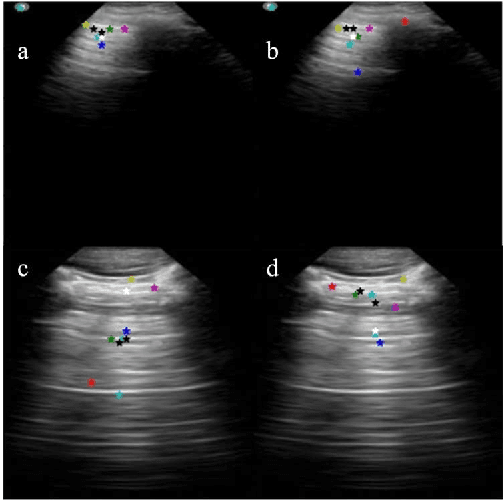
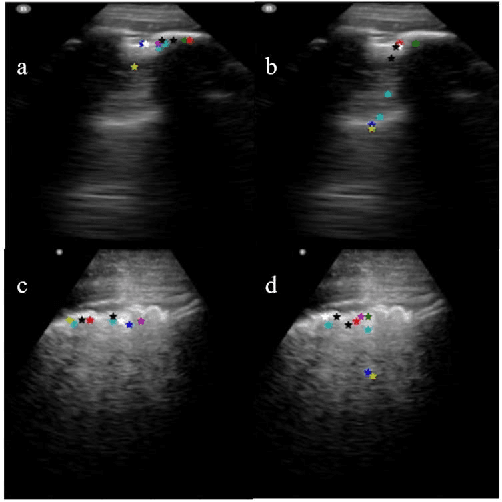
Abstract:Lung ultrasound (LUS) is an increasingly popular diagnostic imaging modality for continuous and periodic monitoring of lung infection, given its advantages of non-invasiveness, non-ionizing nature, portability and easy disinfection. The major landmarks assessed by clinicians for triaging using LUS are pleura, A and B lines. There have been many efforts for the automatic detection of these landmarks. However, restricting to a few pre-defined landmarks may not reveal the actual imaging biomarkers particularly in case of new pathologies like COVID-19. Rather, the identification of key landmarks should be driven by data given the availability of a plethora of neural network algorithms. This work is a first of its kind attempt towards unsupervised detection of the key LUS landmarks in LUS videos of COVID-19 subjects during various stages of infection. We adapted the relatively newer approach of transporter neural networks to automatically mark and track pleura, A and B lines based on their periodic motion and relatively stable appearance in the videos. Initial results on unsupervised pleura detection show an accuracy of 91.8% employing 1081 LUS video frames.
Domain Specific Transporter Framework to Detect Fractures in Ultrasound
Jun 09, 2021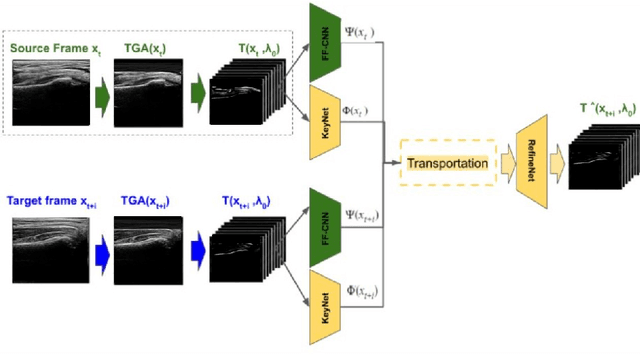

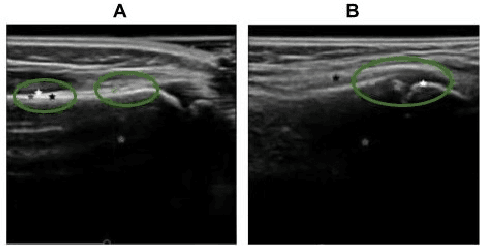
Abstract:Ultrasound examination for detecting fractures is ideally suited for Emergency Departments (ED) as it is relatively fast, safe (from ionizing radiation), has dynamic imaging capability and is easily portable. High interobserver variability in manual assessment of ultrasound scans has piqued research interest in automatic assessment techniques using Deep Learning (DL). Most DL techniques are supervised and are trained on large numbers of labeled data which is expensive and requires many hours of careful annotation by experts. In this paper, we propose an unsupervised, domain specific transporter framework to identify relevant keypoints from wrist ultrasound scans. Our framework provides a concise geometric representation highlighting regions with high structural variation in a 3D ultrasound (3DUS) sequence. We also incorporate domain specific information represented by instantaneous local phase (LP) which detects bone features from 3DUS. We validate the technique on 3DUS videos obtained from 30 subjects. Each ultrasound scan was independently assessed by three readers to identify fractures along with the corresponding x-ray. Saliency of keypoints detected in the image\ are compared against manual assessment based on distance from relevant features.The transporter neural network was able to accurately detect 180 out of 250 bone regions sampled from wrist ultrasound videos. We expect this technique to increase the applicability of ultrasound in fracture detection.
 Add to Chrome
Add to Chrome Add to Firefox
Add to Firefox Add to Edge
Add to Edge